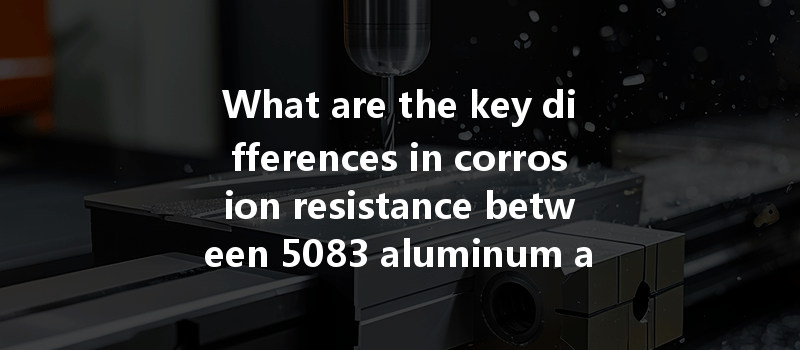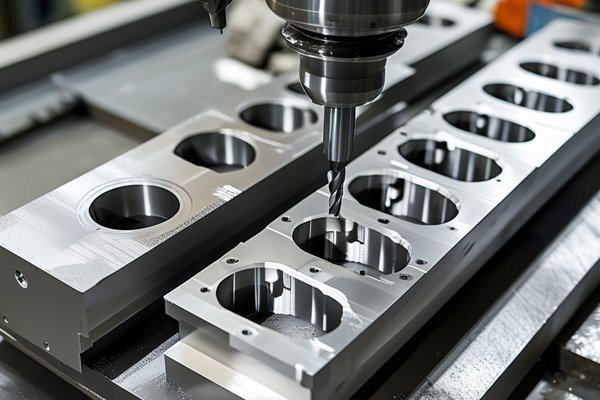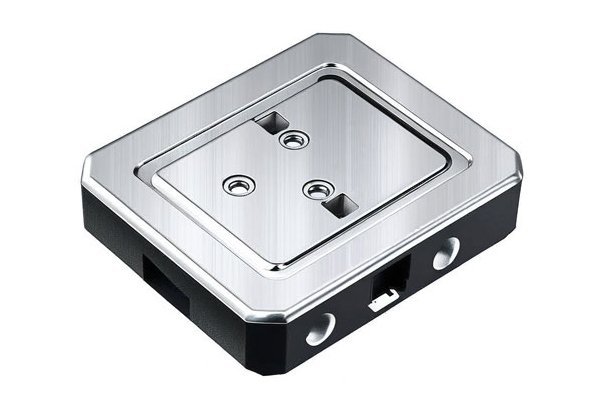Opening: The Impact of Marine Corrosion
Did you know that corrosion is one of the leading causes of material failure in marine environments, leading to billions of dollars in maintenance and replacement costs annually? The U.S. Government Accountability Office has estimated that preventing corrosion could save the military alone over $23 billion each year. When it comes to materials used in marine applications, selecting the right alloy is crucial, particularly in the case of aluminum, which is prized for its lightweight and corrosion-resistant properties. Two alloys frequently compared for marine applications are 5083 aluminum and 5052 aluminum. Understanding their differences, particularly in corrosion resistance, can make all the difference in the longevity and performance of marine structures and vessels.
Delving into Aluminum Alloys
Aluminum has become a popular choice in marine applications due to its natural resistance to corrosion, light weight, and ability to handle harsh conditions. However, not all aluminum alloys are created equal. The differences among alloys can lead to significant variations in performance and resistance to environmental factors like saltwater, temperature changes, and other corrosive agents.
5083 Aluminum:
5052 Aluminum:
Comparing Corrosion Resistance
Marine Environments: Understanding the Challenges
Marine environments present unique challenges that can exacerbate corrosion, including saltwater exposure, temperature fluctuations, and biofouling from marine organisms. Therefore, understanding how different aluminum alloys respond to these conditions is vital.
Corrosion Mechanism:
Corrosion occurs when metals react with their environment, causing metal deterioration. In the case of aluminum, its surface forms a thin oxide layer, which provides a protective barrier against corrosion. The effectiveness of this barrier depends on the alloy composition, environmental exposure, and maintenance practices.
Corrosion Resistance Ranking: 5083 vs 5052
Applications in Marine Environments
With the differences outlined, it’s essential to consider the applications of each alloy.

5083 Aluminum Applications:
5052 Aluminum Applications:
Maintenance: Key to Prolonging Life
While alloy selection is crucial, maintaining aluminum structures and vessels is equally important in combating corrosion.
Emerging Technologies
The aerospace and maritime industries are increasingly integrating new technologies to improve corrosion resistance in aluminum alloys. Researchers are developing aluminum composites and surface treatments designed to enhance longevity even further in harsh environments.
: The Best Choice for a Sustainable Future
In summary, understanding the differences in corrosion resistance between 5083 aluminum and 5052 aluminum can significantly impact the longevity and performance of marine vessels and structures. 5083 aluminum emerges as the superior choice for demanding marine conditions, showing exceptional strength and durability against corrosion. Meanwhile, 5052 aluminum remains a viable option for less severe applications that require good workability and reasonable resistance.
As the maritime industry continues exploring advancements in materials and technologies, staying informed on effective choices can lead to sustainable practices and substantial cost savings in the long run.
This blog not only underlines the importance of material selection in marine environments but also emphasizes proactive approaches, from maintenance to technology adoption, that can significantly prolong the lifespan of marine infrastructure. Knowledge is power, especially when it comes to making informed decisions that can impact operational efficiency, safety, and financial sustainability for marine operators and stakeholders.






